Gone are the days when architects and interior designers would spend days together to build 2D sketches and 3D models to represent them to the customer.
It would then take multiple hours of deliberations where the client would try to understand what the final product would look like.
Well, technological advancement took over the cumbersome procedure, and designers and interior designers started using exterior 3D rendering and interior 3D rendering techniques to develop life-like products with their artistic skills and rendering software. The origin of 3D rendering is a story in itself.
3D Rendering has evolved and today graphic designers use two techniques, namely Photorealistic rendering, and Non-Photorealistic rendering.
Table of Contents:
What is Photo-Realistic Rendering?
A 3d modeling and photorealistic rendering of a project is developed in software. This 3D model is then imaged after creating the right texture, lighting, and shadows to make the images look very natural.
So, effectively, photorealistic rendering architecture is the art of developing real-life images of the projects created by 3D visualization. There is a fine difference between 3D modeling and 3D rendering.
With photorealism, graphic designers have access to the right set of tools. A design is a photo doubled to create a life-like image. How to achieve photorealistic rendering requires some strategies and techniques.
Techniques of Photorealistic Rendering
-
Using the right light:
Photorealistic rendering is highly driven by the real lights that create the actual shapes and textures when the 3D design is photographed. Best 3D rendering techniques help you create a photorealistic image.
-
A Shader:
Shader is a complicated element of photorealistic rendering. To overshadow the complications, lights, shadows, and textures can be used in the right way. Here are a few top tips to master photorealistic rendering in architecture.
-
Render Elements:
Elements like reflections and wire color are among the list of elements that makes photorealistic images look closer to life-like images.
-
Right scaling:
It is very important to use the rightly scaled elements in the image. If the objects are not rightly scaled, even the best lights and shadows will not make a life-like image.
The photorealistic rendering finds its use in multiple industries like real-estate, interior design, augmented reality and scientific discoveries. BluEntCAD’s quick and easy guide for photorealistic 3d rendering can help you in this.
What is Non-Photorealistic Rendering?
Non-photorealistic rendering is developing software that would facilitate the creation of an object about which the designer also did not have an idea.
Without the knowledge of height, texture and other parameters, creating objects out of thin air is the art of non-photorealistic rendering.
It comes as a new avenue of computer graphics using which one can create life-like projects based on animation, painting, and drawing. Outsourcing a 3d rendering project is a good idea when you want to focus on more important tasks. BluEntCAD is a great option for that.
In photorealistic rendering, the pixels are imaged as compared to non-photorealistic rendering where the line art, outlining, shading, distortions and other techniques are used.
Photorealism is more about pixel imaging the 3D projects but it does not allow the cartoon artists or gaming character artists to create life-like characters.
Non-photorealistic rendering is a new genre of software technology that allows artists to convert different art forms into life-like characters.
The artists require the support of software techniques to convert their imaginative skills into actual objects. It is finding its use in Comics, animation and commercial products.
Gaming, cartoon and comics industry has been highly benefited by the non-photorealistic rendering. Using the right techniques for the right jobs, designers have been able to create astounding designs.
The commercial products industry has started using non-photorealistic rendering to create images for user manuals that cannot be photographed.
Non-Photorealistic Rendering Techniques
Multiple non-photorealistic rendering techniques have emerged as per the need basis. It finds its use cases in creating pen and ink art were outlining and cross-hatching is used to represent the ideas.
For cartoon rendering, graphic designers use multiple shading and distortion techniques to create effective cartoon-like characters. For paint like rendering, impressionist, pointillist and expressionist techniques are used.
Splatting, edge lines, matte shading, and line drawing are used for technical and scientific visualization where more precision is required.
Photorealistic 3D rendering and non-photorealistic rendering has become part of our daily lives.
We may not realize the impact they have made on our lives but after reading this article whenever you pick up a real estate manual or watch a cartoon, you can relate more to how these techniques have changed our lives. Whatever you do, there are some vital points that you must consider before hiring 3D rendering professionals.
Conclusion
Both photorealistic and non-photorealistic rendering techniques are time-consuming procedures, but their results are astounding. The technological advancements in process speed and precision are making the task of rendering quick and better.
At BluEntCAD, we are a team of rendering experts utilizing the best techniques of both 3D photorealistic and non-photorealistic rendering. We ensure our clients get the best images that are life-like.
The right angles, right light, precise line art, shadowing, and other elements drive the results of the techniques and we have mastered them all.
If you have any project requirement that needs excellent photorealistic and non-photorealistic rendering at pocket-friendly prices, get in touch with our experts today. Contact Us Today


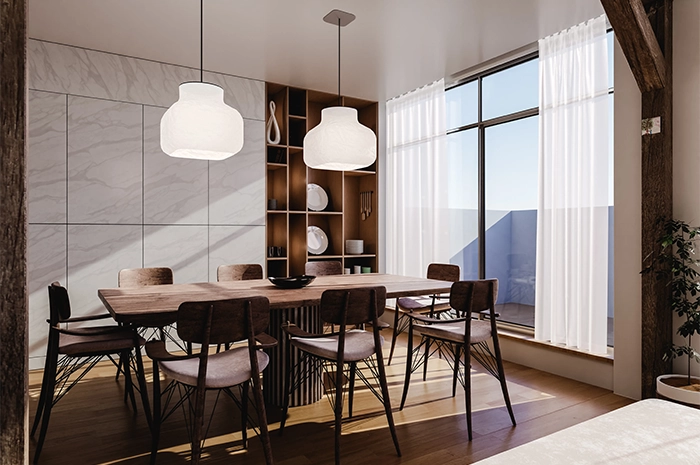

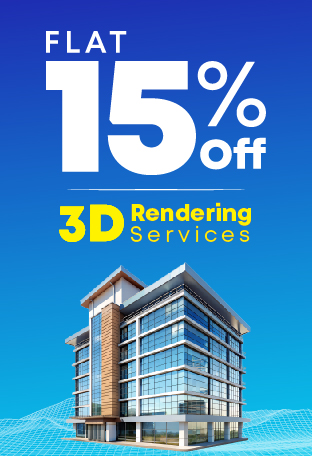


 Architectural Rendering: Revolutionizing Urban Planning for Future Cities
Architectural Rendering: Revolutionizing Urban Planning for Future Cities 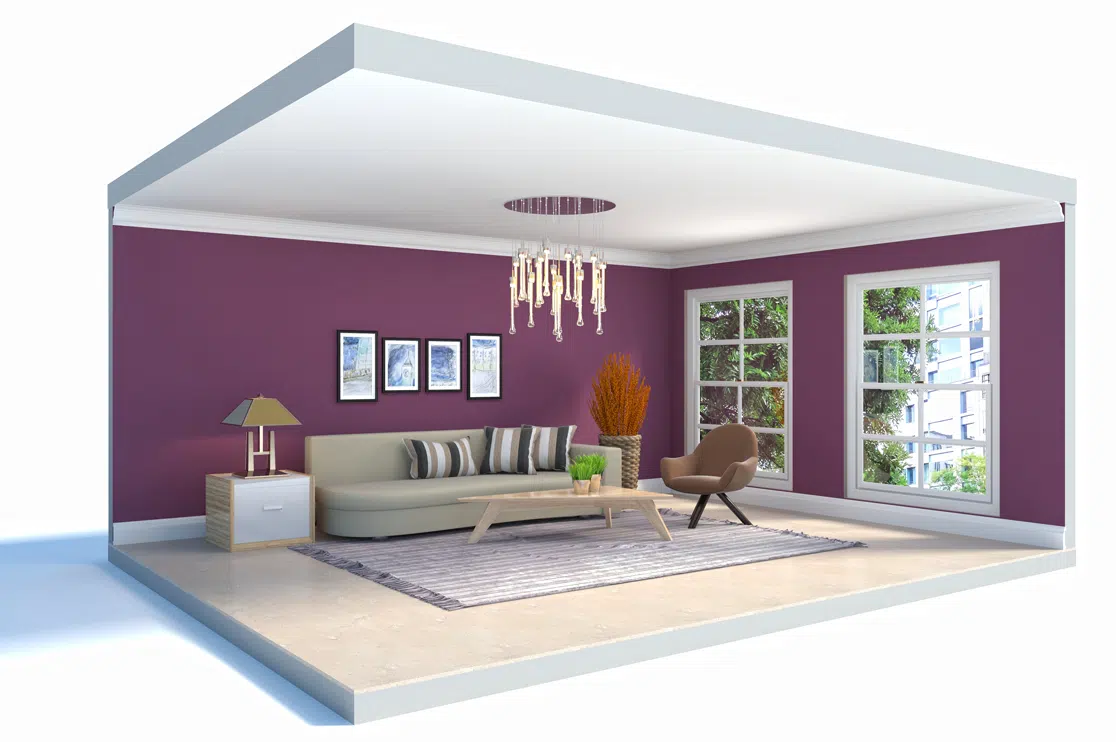 Real Estate Virtual Staging: Avoid These Mistakes to Sell Your Home Fast (With Pro Tips)
Real Estate Virtual Staging: Avoid These Mistakes to Sell Your Home Fast (With Pro Tips) 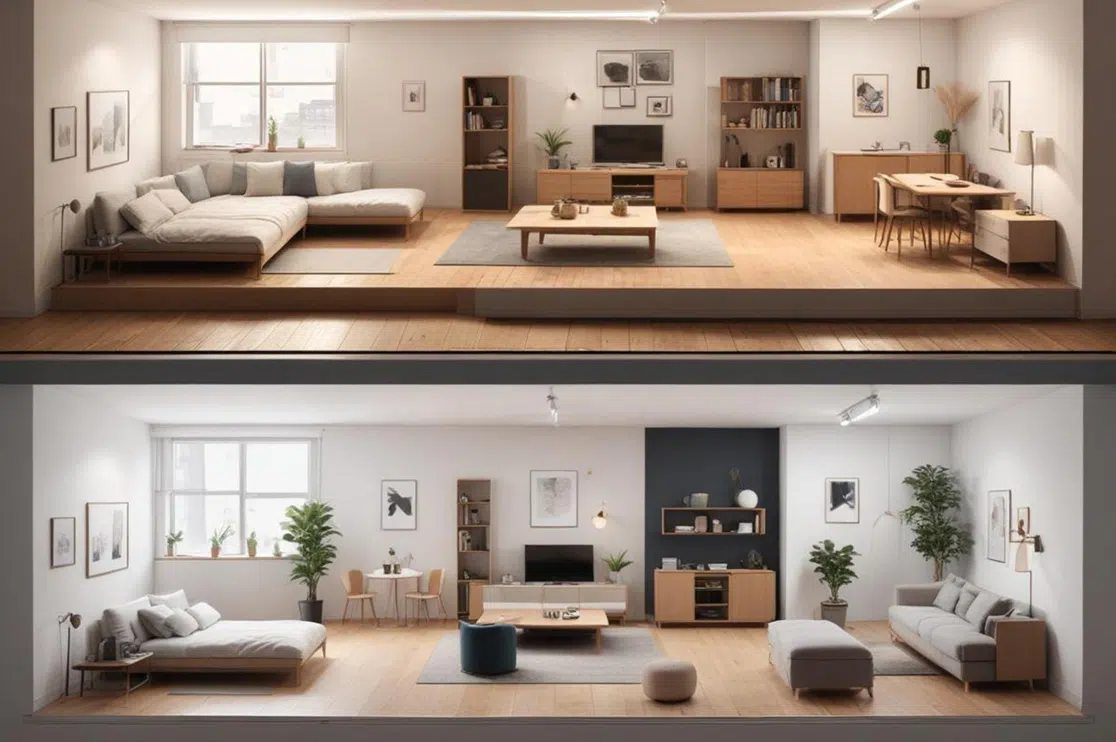 How Does 3D Rendering Help with Virtual Staging a House for Sale?
How Does 3D Rendering Help with Virtual Staging a House for Sale? 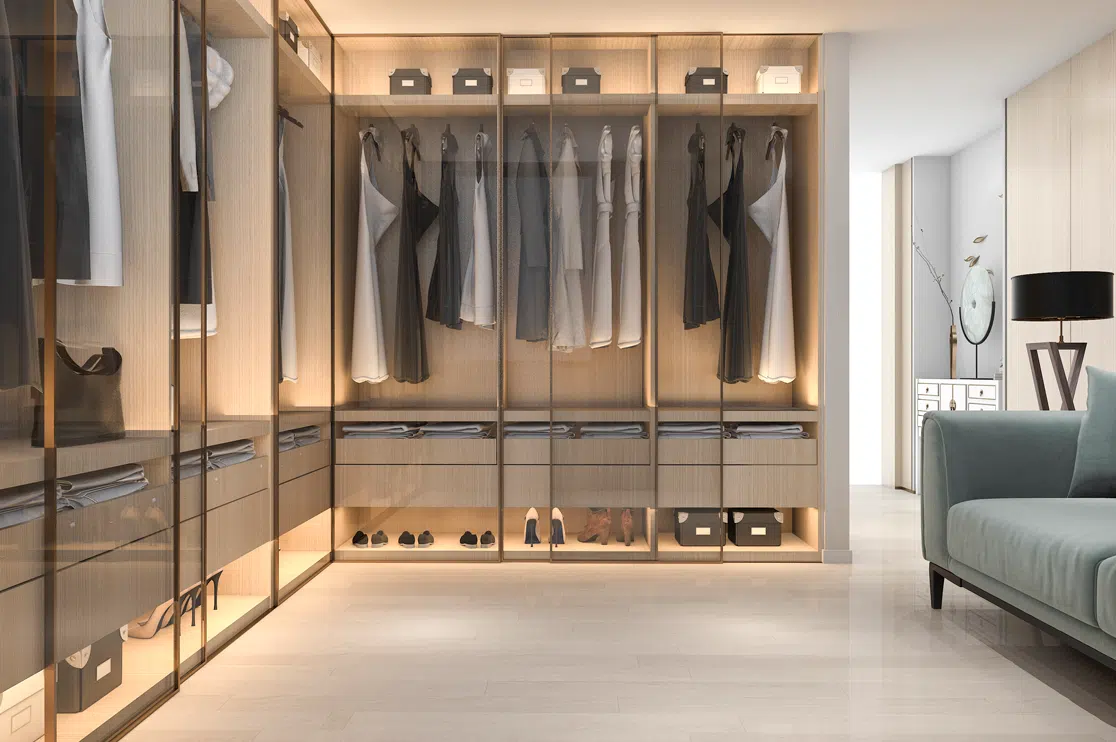 Best 3D Custom Wardrobe Designs for Your Bedroom
Best 3D Custom Wardrobe Designs for Your Bedroom
We need two renderings for a public hearing. The house is modern. We have a sketchup model to work from. Is this something you can do? What would the cost be?
Thank you for your comment, Nancy! We have forwarded your query to our sales team and they should be in touch with you shortly. Do let us know if there is anything else we can do for you at cad@bluentcad.com or call us at +1 (832) 476 8459.